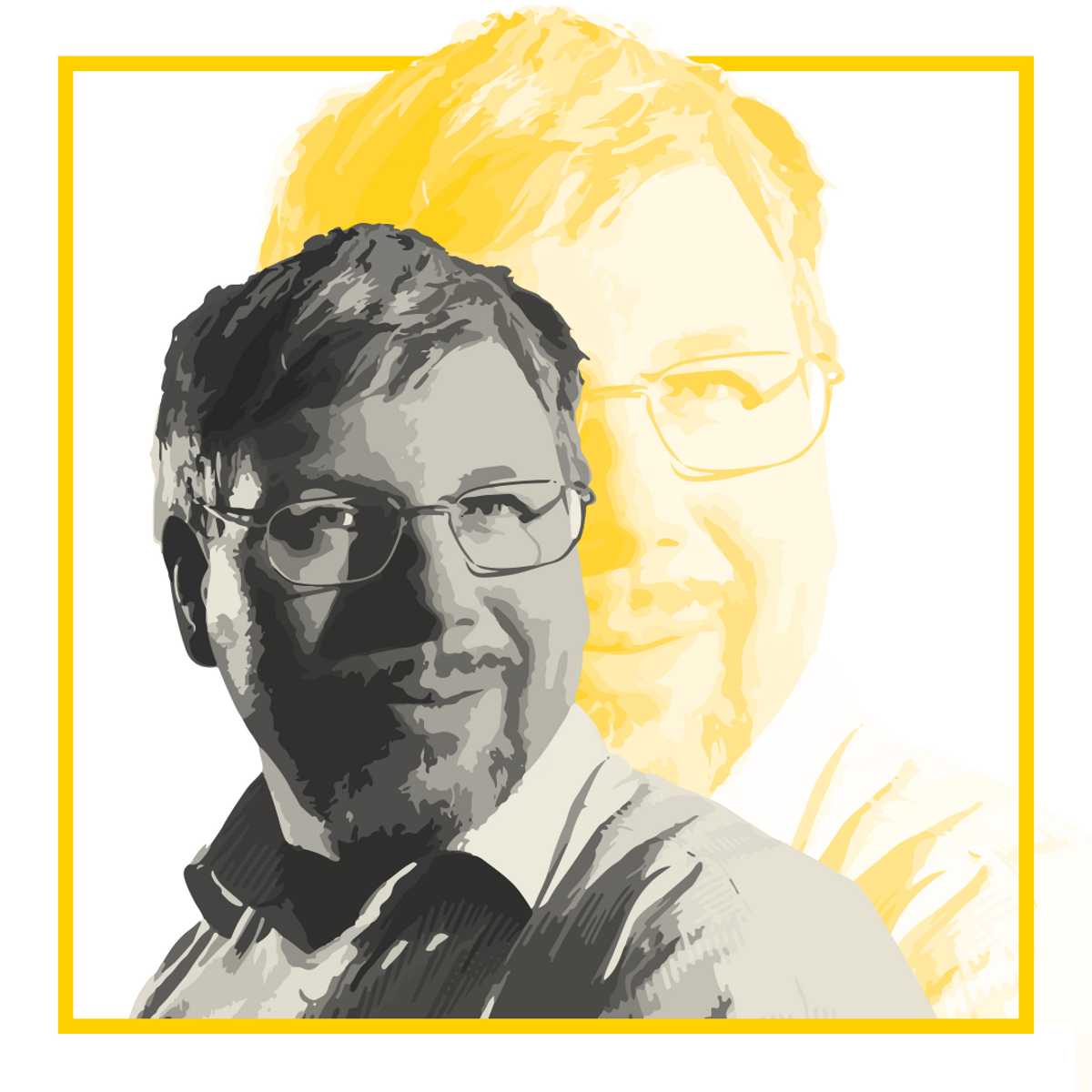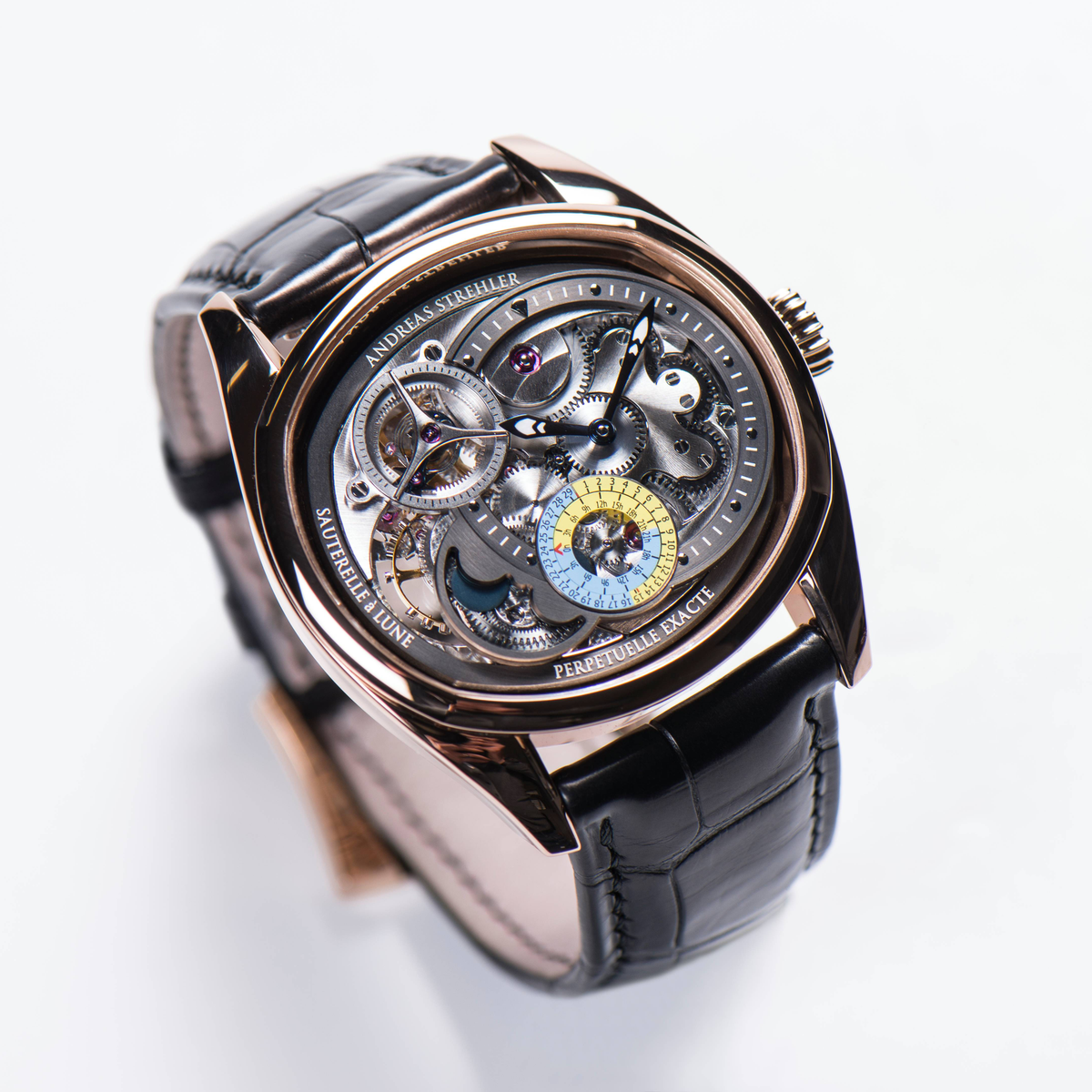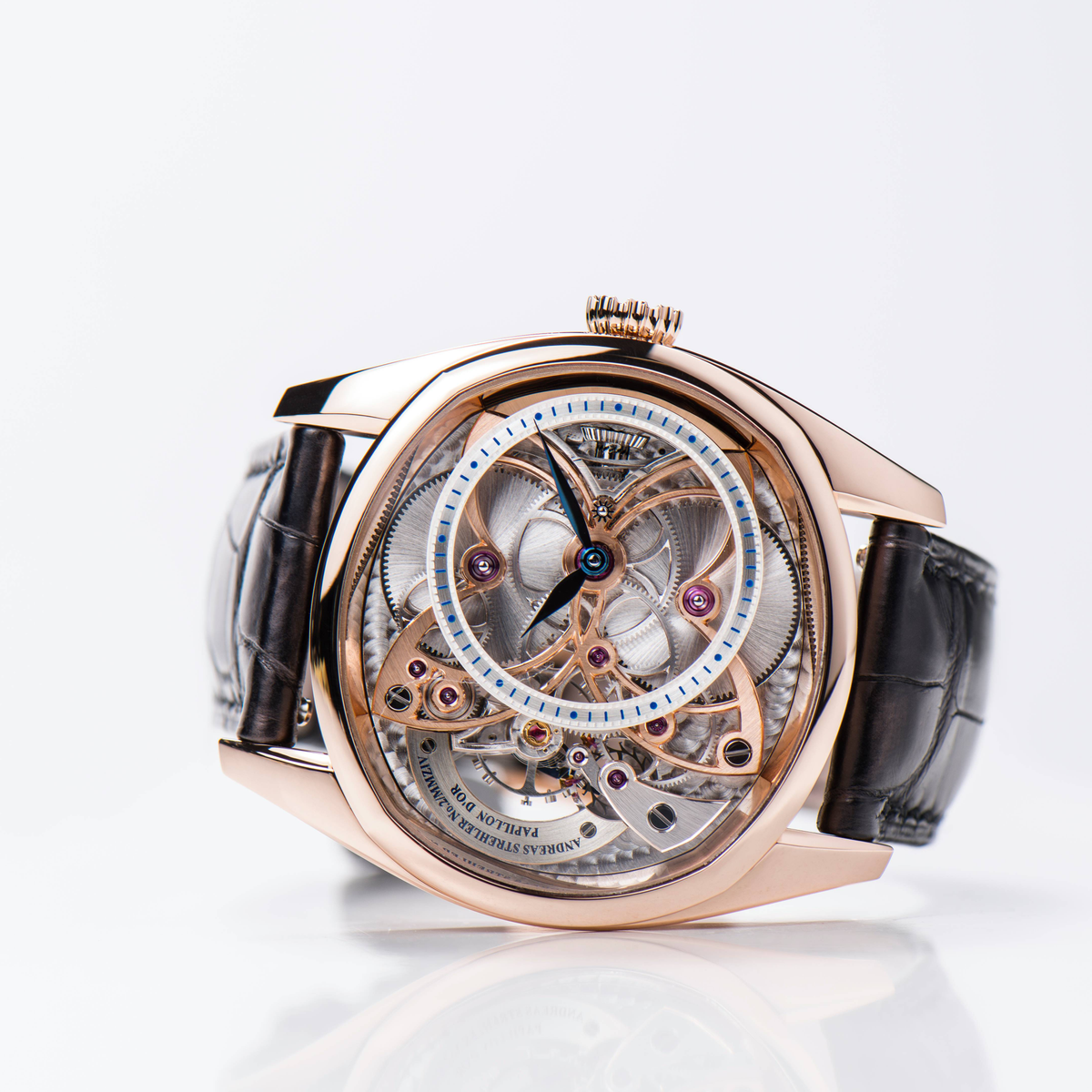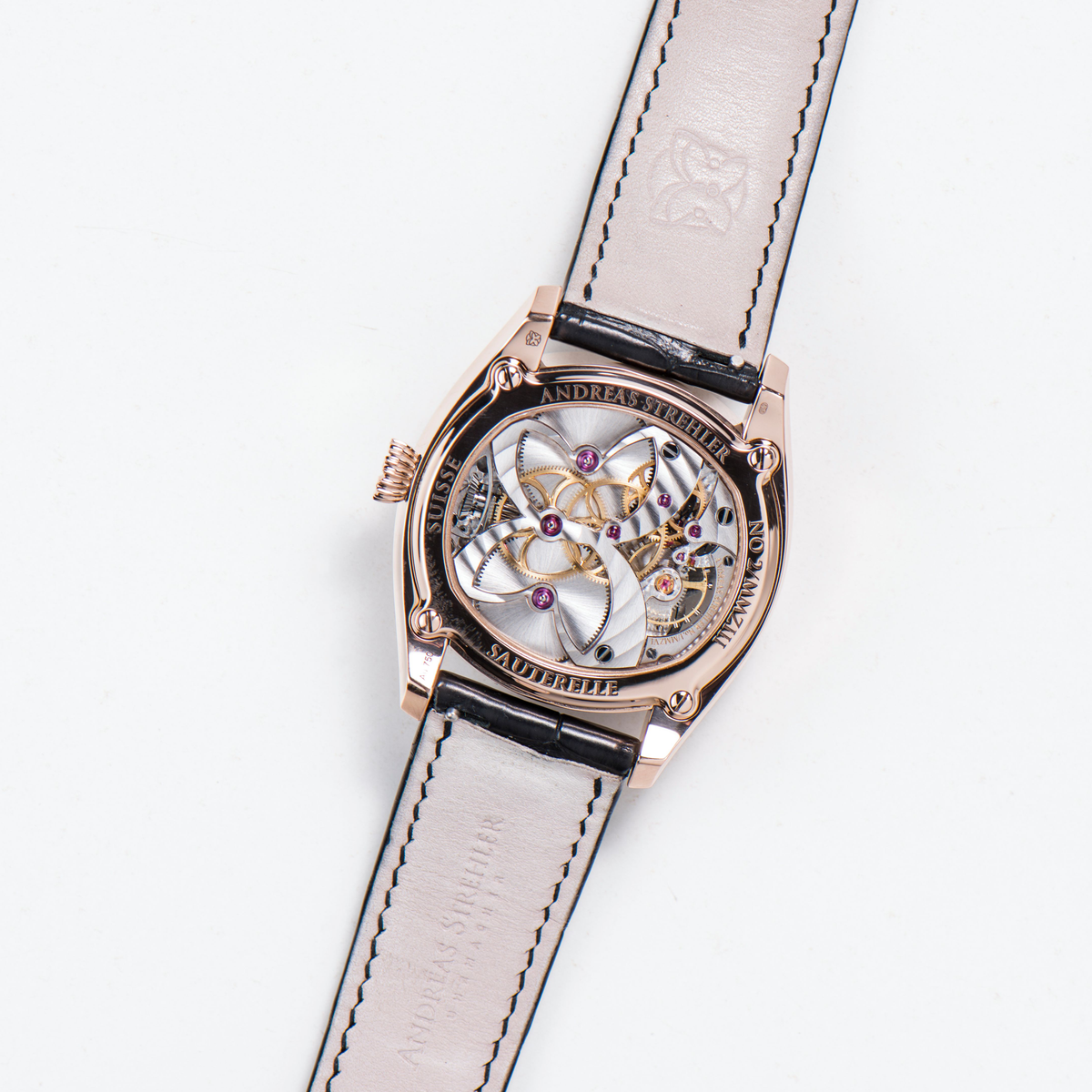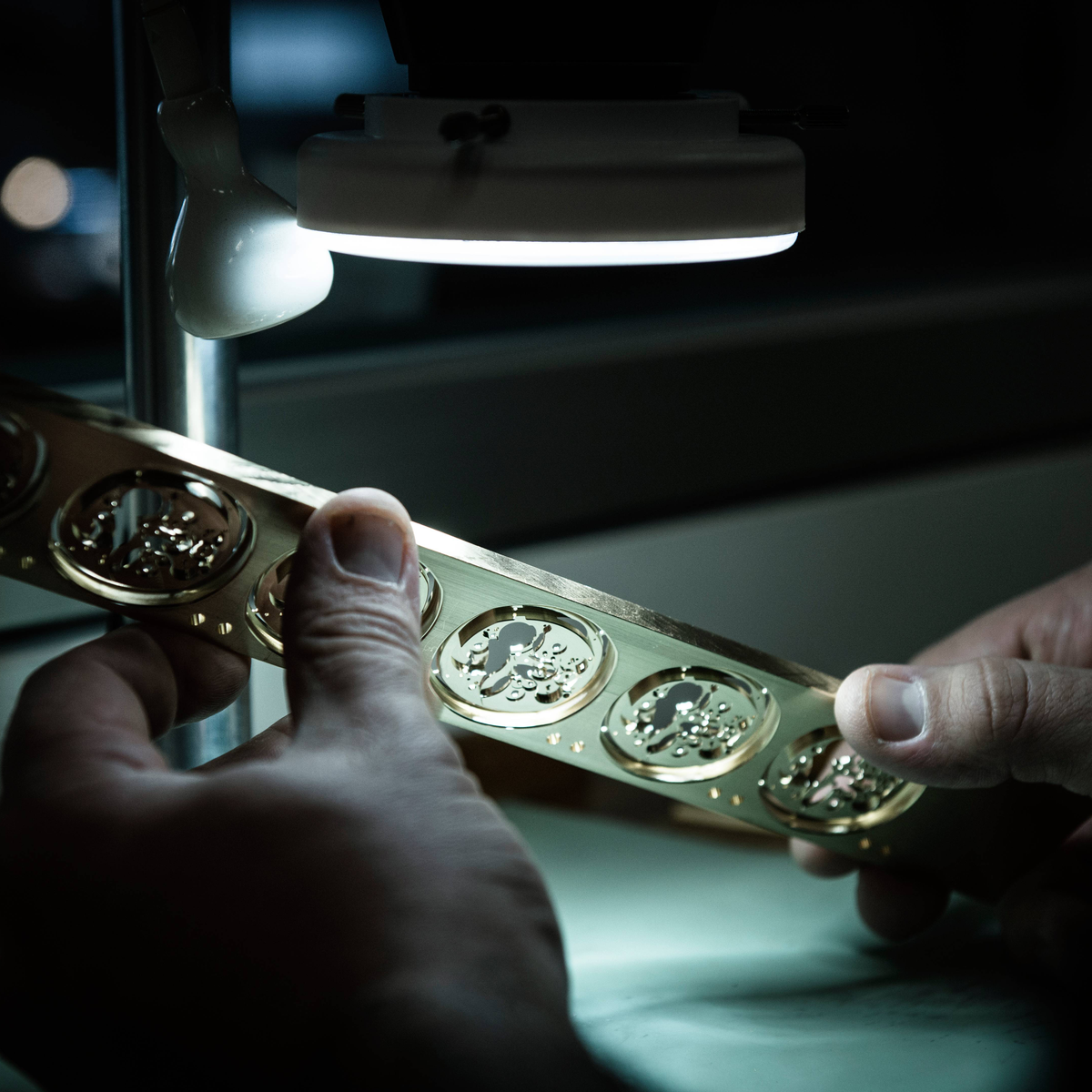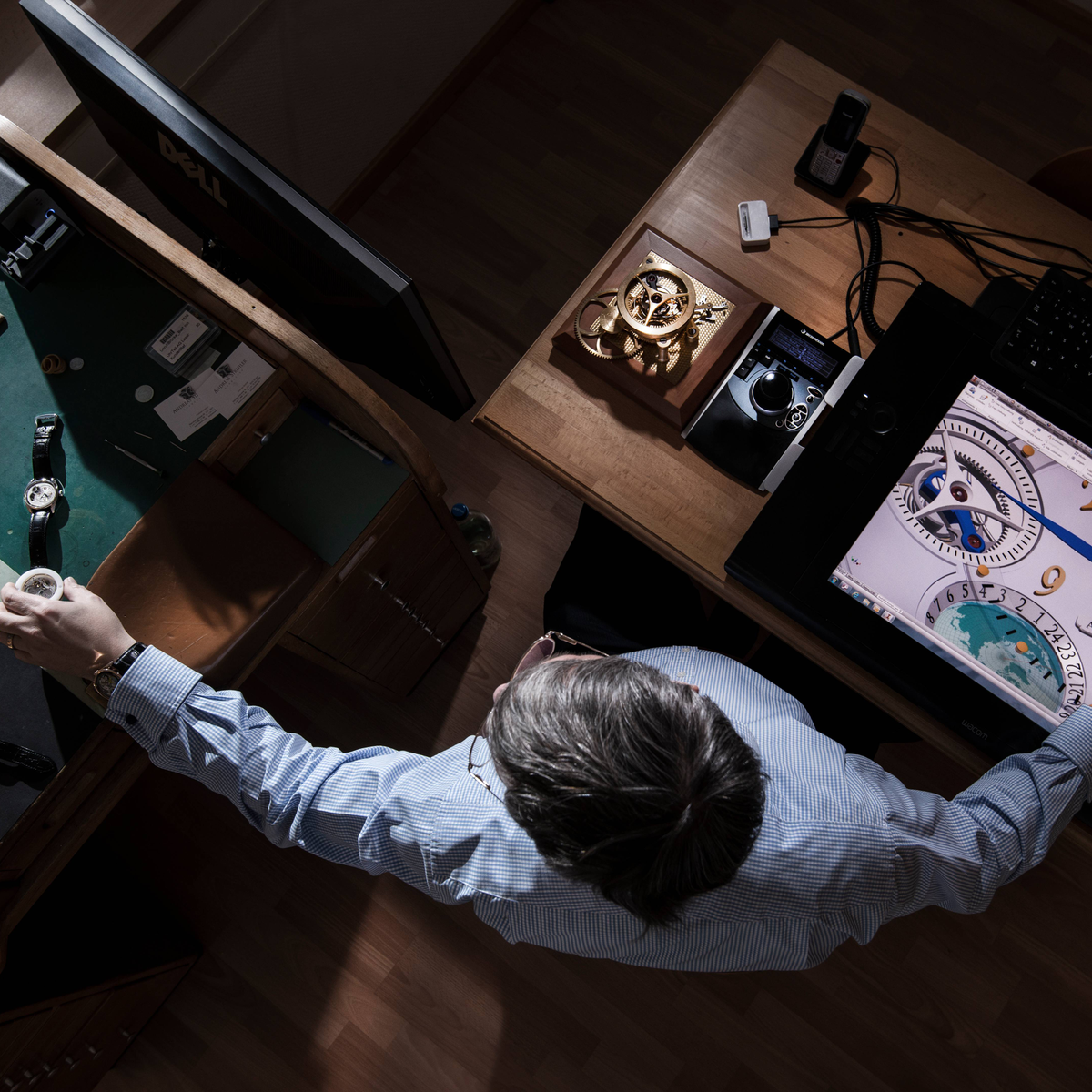Andreas Strehler was a precocious talent. Following an apprenticeship then studies at the École d’Horlogerie in Solothurn, he was hired by Renaud & Papi, a specialist manufacturer of complication movements (now part of Audemars Piguet). There are worse places for a young watchmaker to start out. The first person to be recruited by the company’s founders as a prototype-maker, he worked alongside Robert Greubel, Bart and Tim Grönefeld, Stephen Forsey and Christophe Claret – part of a new generation who were determined to give fresh impetus to mechanical watchmaking. Andreas Strehler was a perfect fit, driven by that same desire for independence. In 1995 he left Renaud & Papi and set up his own workshop in his hometown of Winterthur, restoring antique timepieces but most importantly developing movements for the industry’s leading names. Chronoswiss, Maurice Lacroix, Les Maîtres du Temps and H. Moser & Cie. are among those who called on his services – not forgetting Garrick Watch Company, the newly minted British brand whose base calibres came out of Andreas Strehler’s workshop.
Why stay in the shadows? Alongside his subcontracting, Andreas Strehler was working on his first creation under his own name; one he hoped would make its mark. The fully mechanical desk calendar he devised was in fact a perpetual calendar with a mechanical memory that revisited Breguet’s sympathique clock. With this remarkable debut under his belt and newly inducted into the Académie Horlogerie des Créateurs Indépendants – its youngest member at 27 - Andreas Strehler came to the 1999 Baselworld fair with Zwei, a pocket watch that switched between two displays at the press of a pusher. While the markets weren’t convinced, industry heavyweights such as Harry Winston had him on their radar for their new developments.
This side of the business expanded such that Andreas Strehler set up UhrTeil; a means of making a clear distinction between his work for third parties and what he was convinced could be a growing family of watches under his own name. In 2006 he moved the company to Sirnach, near Zurich, where he had all the machines he needed. Two years later he presented the Papillon. This watch, whose open movement “mysteriously” indicates the time on its two barrels, would lay the foundations for the Strehler ethos. At a time when complications were all the rage, Andreas Strehler chose a different route and has always made watches whose functions, beneath an air of simplicity, are rooted in complex mechanisms. They are mechanical “beings” that have evolved slowly. The Papillon was followed by the Cocon, the Sauterelle and the Sauterelle à Lune Perpétuelle which entered the Guinness Book of Records as the world’s most precise moon phase indication. He returned with the Papillon à Lune Exacte, which gives the age of the moon to within three hours, before tackling the world time complication with the Sauterelle à Heure Mondiale, then the tourbillon in the Trans-Axial Tourbillon – yet another feat of horological engineering from a watchmaker who follows his own direction at the stately pace of some ten watches a year.
1987
Graduated from the École d’Horlogerie in Solothurn.
1987-1991
Prototype-maker at Renaud & Papi.
1995
Opened the Andreas Strehler restoration workshop in Winterthur.
1998
Showed his desk calendar at Baselworld.
1999
Presented Zwei, a pocket watch with two displays, operated by a pusher.
2005
Founded UhrTeil for his contracting work; moved to Sirnach the following year.
2007
Created the Opus 7 for Harry Winston.
2013
Won the Prix Gaïa in the Craftsmanship-Creation category. Presented the Sauterelle with remontoir d’égalité.
2014
The Sauterelle à Lune Perpétuelle entered the Guinness Book of Records as the world’s most precise moon phase indication, with no adjustment required for two million years.
2016
The Time Shadow introduced a new way of telling the time.
2018
Trans-Axial Tourbillon with remontoir d’égalité and jumping seconds.
